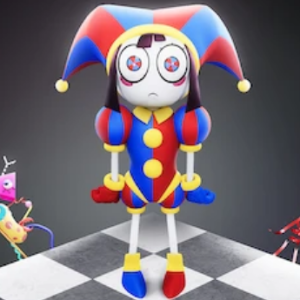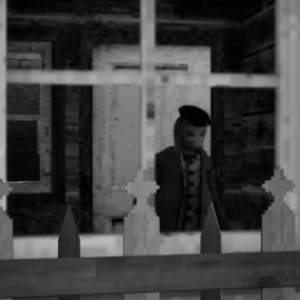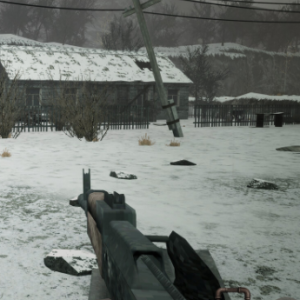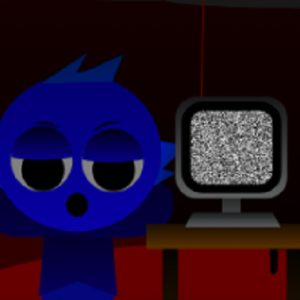Similiar games
Amazing Digital Circus 7 opens with Caine placing the player inside a redesigned arena. The stage is divided into sectors, each with its own rules and restrictions. At the start, the player receives limited tools and instructions to follow, but these guidelines change as soon as the arena begins to shift. The first challenge is not survival against enemies, but survival against the unstable structure itself, which forces the player to learn how to move through collapsing digital areas.
Role Of Characters In The System
The characters from earlier entries appear again but with different functions. Pomni serves as a guide who tries to help the player navigate, while Jax pressures the player into taking risks that may lead to faster progress or sudden defeat. Ragatha offers stability through cooperative tasks, Kinger demonstrates unpredictability that creates hazards, and Gangle and Zooble alternate between assistance and resistance. Every interaction with these figures changes the balance of the player’s path and creates new consequences.
Core Activities And Objectives
The game is structured around several recurring activities that the player must complete in sequence:
- Orientation round controlled by Caine
- Puzzle-based trials that test reaction speed
- Team assignments with AI partners
- Combat challenges using non-lethal weapons
- Resource management under scarcity conditions
- Closing evaluation based on accumulated performance
Together, these activities ensure that the gameplay loop remains dynamic, with every stage affecting the next one directly.
Conflict And Adaptation
As the stages progress, the system forces the player to choose between loyalty to characters and personal advancement. Supporting one character often creates conflict with another, while ignoring allies increases the difficulty of later trials. This creates a constant tension where adaptation becomes essential. The design of these conflicts ensures that no player can succeed by repeating the same set of choices, pushing experimentation and flexibility as core strategies.
Final Sequences And Replay
The final stage of Amazing Digital Circus 7 evaluates every earlier decision and places the player in one of several possible outcomes. Success requires a balance of cooperation, puzzle-solving, and careful resource use. Failure leads to a system reset, restarting the loop with altered parameters. This structure makes the game less about a single victory and more about learning from repetition. The cycle of trial, error, and adaptation becomes the defining feature of the experience.




















